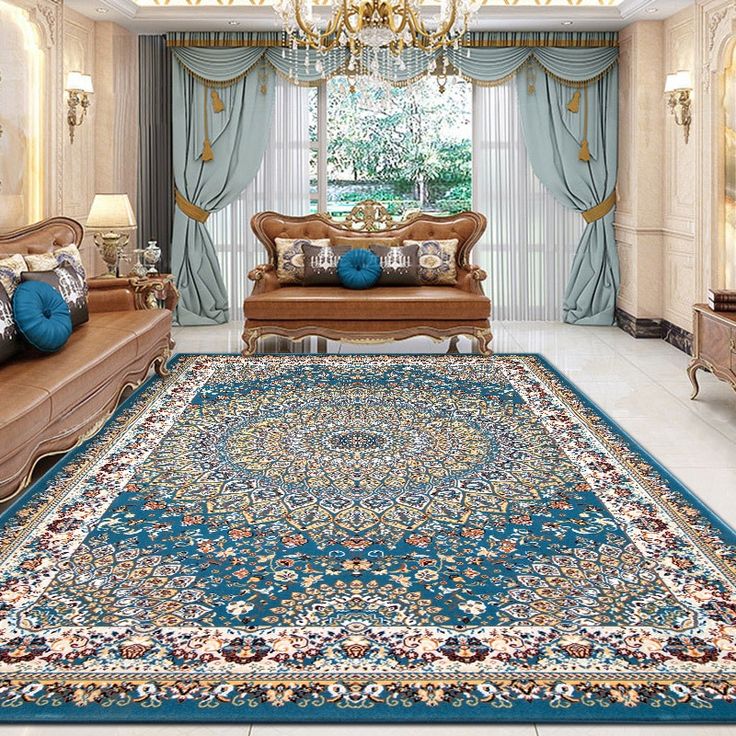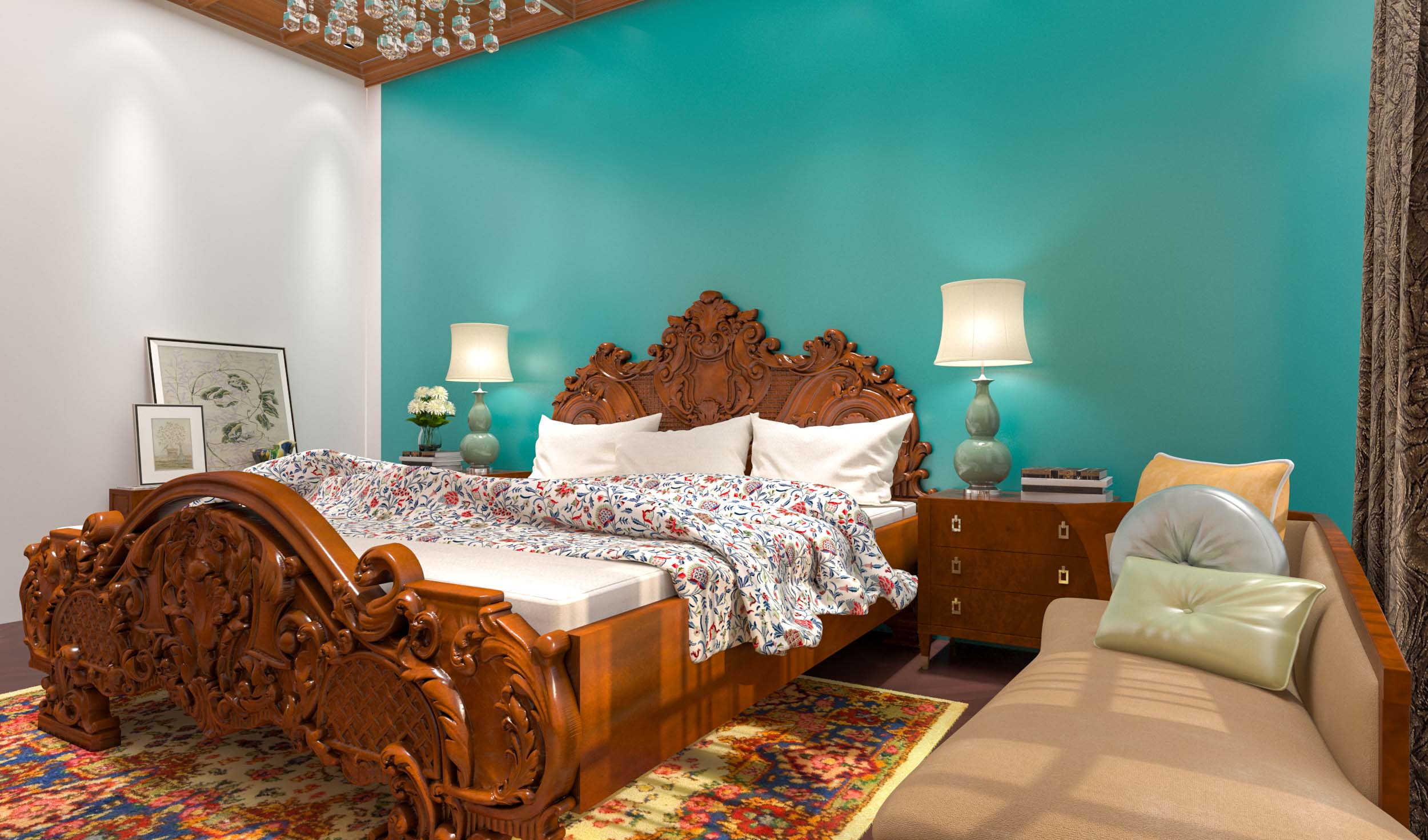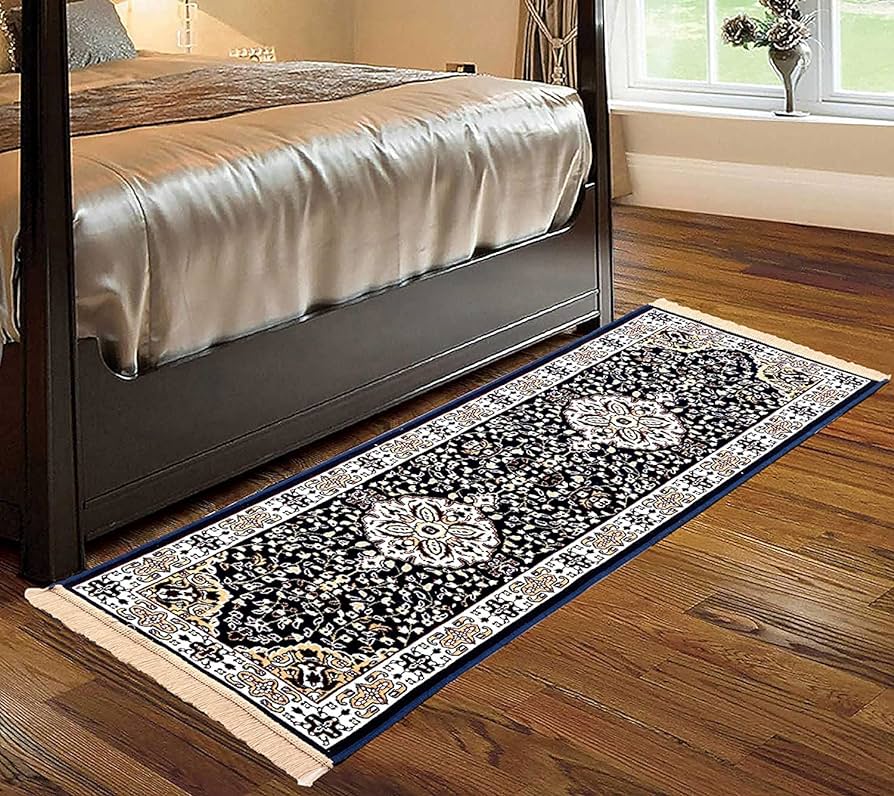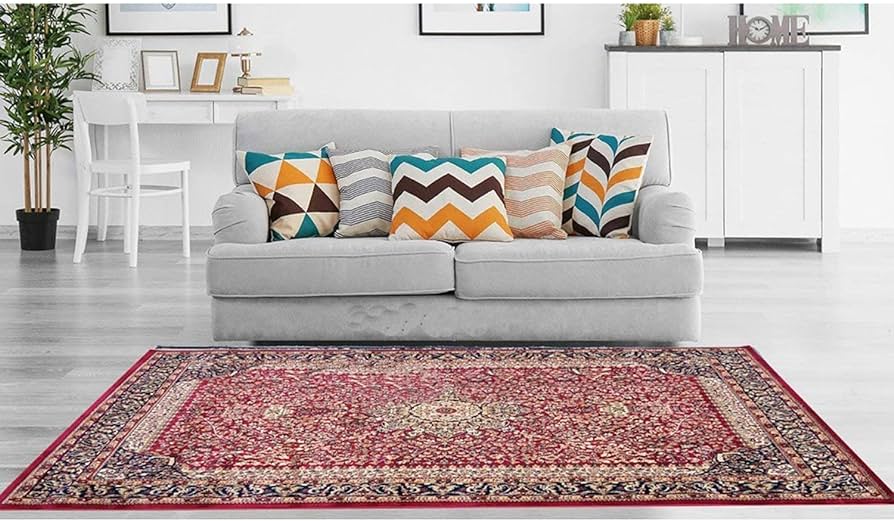Mastering the Art of Carpet Placement: Elevate Your Space with These Expert Tips

Introduction: Carpet placement is not merely a functional aspect of interior design; it’s an art form that can significantly influence the ambiance and character of a room. The strategic positioning of carpets can define spaces, enhance visual appeal, and even evoke certain moods. In this comprehensive guide, we delve into the nuances of carpet placement, offering expert insights to help you transform your space with finesse and style.
Define Zones:
Carpet placement serves as a visual cue to delineate different functional areas within a room. Before laying down carpets, assess the layout and purpose of each space. Whether it’s the seating area in a living room, the dining zone in an open-plan area, or the reading corner in a bedroom, use carpets to establish boundaries and create cohesion. Opt for rugs of varying sizes or shapes to distinguish between zones while maintaining a harmonious design scheme.
Size Matters:
One of the most common mistakes in carpet placement is choosing rugs that are too small for the space. To achieve a sense of balance and proportion, select carpets that adequately accommodate the key furniture pieces in the room. In a living room, for example, ensure that the rug extends beyond the perimeter of the sofa and chairs, anchoring the entire seating area. Additionally, consider the scale of the room and the desired visual impact when determining the size of the carpet.
Layering for Depth:
Layering carpets is a versatile technique that adds depth, texture, and visual interest to a room. Start with a larger rug as the base layer, preferably in a neutral tone or subtle pattern, to anchor the space. Then, layer smaller rugs on top to create focal points or define specific areas within the room. Experiment with contrasting textures, colors, and patterns to achieve a cohesive yet dynamic look that reflects your personal style.
Centering Matters:
Properly centering a carpet in a room is essential for achieving symmetry and visual balance. Begin by measuring the dimensions of the room and identifying its focal points, such as architectural features or prominent furniture pieces. Position the carpet so that it aligns with these focal points, ensuring equal spacing on all sides. Additionally, consider the placement of doors, windows, and other structural elements to create a harmonious composition that draws the eye and grounds the space.
Consider Traffic Flow:
In high-traffic areas such as hallways and entryways, carpet placement should facilitate smooth movement and circulation. Avoid obstructing pathways or doorways with oversized rugs, as this can impede the natural flow of traffic and create obstacles. Instead, opt for narrow runners or smaller mats that guide footsteps and define pathways without overwhelming the space. Pay attention to the direction of foot traffic and position carpets accordingly to optimize functionality and comfort.
Placement Ideas for the Carpets in your Bedroom
At the Foot of your Bed
A mid-sized Carpet that starts at the end of your bed and covers the rest of the floor is a great way to incorporate a rug into your bedroom. Theoretically, it may seem awkward, but when executed, makes for the perfect pairing.

Off-beat Placement
A carpet that is asymmetrically placed can add a ton of personality to your bedroom, immediately. Use differently shaped rugs to add some extra quirk to your space.
End Of Bed
a runner can be placed at the end of your bed can add dimension to your room, especially if you’re working with a large space. Use a rectangular rug to occupy space and, voila, you’ve got a new focal point for the room.

Elevate Your Staircase: Using Circular Carpets at the Landing
Circular carpets at the end of stairs offer both style and practicality. In this blog, discover how these carpets can enhance your staircase design.

- Focal Point: Create visual interest with a bold pattern or color.
- Safety and Comfort: Provide a secure and cozy surface for high-traffic areas.
- Coordination: Ensure the carpet complements your home’s décor.
- Scale and Proportion: Choose the right size to balance the space.
- Layering: Add depth and texture with additional rugs or mats.
- Circular carpets are a simple yet effective way to elevate your staircase landing, combining aesthetics with functionality for a stylish and inviting space.
Stylish Accent: Placing a Carpet Between Sofas
Discover the transformative power of placing a carpet between your sofas in this concise guide to enhancing your living room décor.

- Central Focus: Elevate the visual appeal by choosing a carpet with a captivating design or color.
- Cozy Atmosphere: Add warmth and comfort to your seating area with a soft and plush carpet underfoot.
- Coordination: Ensure the carpet complements your existing furniture and décor for a cohesive look.
- Proportional Fit: Select a size that provides balance, extending beyond the edges of the sofas without overwhelming the space.
- Layering Option: Experiment with layering rugs for added depth and texture, creating a dynamic focal point.
- By strategically placing a carpet between your sofas, you can instantly enhance the style and comfort of your living room, creating a welcoming space that reflects your personal taste and design sensibilities.
Conclusion:
Mastering the art of carpet placement requires careful consideration of spatial dynamics, aesthetic principles, and functional needs. By applying these expert tips, you can transform your space into a visually stunning and harmonious environment where every carpet serves a purpose and enhances the overall design. Whether you’re delineating zones, layering for depth, or centering for symmetry, thoughtful carpet placement is the key to unlocking the full potential of your interior décor.
Please call our Customer Care for any query. (9am to 6pm) +91 9463 777 888 or write @ info@albasir.in.
LAST UPDATED: 05-05-2024, By SHAFIA .
-
 Floral Silk Carpet (6’x 9′ Ft)₹800,000.00
Floral Silk Carpet (6’x 9′ Ft)₹800,000.00 -
 Oriental Cotton Carpet (6′ x 9′ Ft.)₹450,000.00
Oriental Cotton Carpet (6′ x 9′ Ft.)₹450,000.00 -
Product on sale
 Geometrical Silk Carpet (10′ x 13′ Ft)Original price was: ₹500,000.00.₹450,000.00Current price is: ₹450,000.00.
Geometrical Silk Carpet (10′ x 13′ Ft)Original price was: ₹500,000.00.₹450,000.00Current price is: ₹450,000.00. -
 Floral HM Silk Carpet (5′ x 7′ Ft.)₹405,000.00
Floral HM Silk Carpet (5′ x 7′ Ft.)₹405,000.00 -
 Oriental HM Silk Carpet (6′ x 9′ Ft.)₹350,000.00
Oriental HM Silk Carpet (6′ x 9′ Ft.)₹350,000.00 -
Product on sale
 Cotton Geometrical Carpet (7′ x 10′ Ft)Original price was: ₹280,000.00.₹265,000.00Current price is: ₹265,000.00.
Cotton Geometrical Carpet (7′ x 10′ Ft)Original price was: ₹280,000.00.₹265,000.00Current price is: ₹265,000.00.